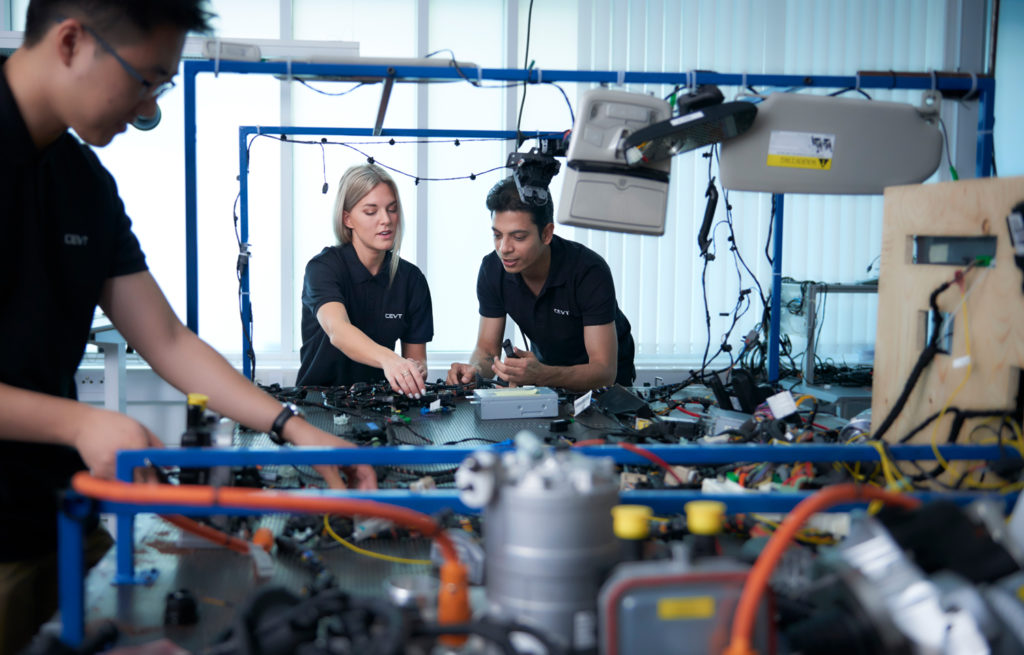Chalmers and CEVT are working together to research hybrid powertrain control. Under the joint project, CEVT is investigating gearbox control while Chalmers focuses on engine control. The two are also looking at solutions to control the complete powertrain.
“The combination of theoretical knowledge, virtual engineering tools and a modern all-wheel drive vehicle laboratory is really strong. We are very happy to have Chalmers so close to us,” said Johan Hellsing, head of sustainable innovation at CEVT.
Currently the two are testing fuel consumption and emissions in the NEDC and WLTC cycles. After that they plan to run tests in a more dynamic test cycle. According to Hellsing, the aim is to quantify how much lower fuel consumption and exhaust emissions can be achieved with an electric motor in transient operation. In other words, lower requirements on fast torque response from the engine should be beneficial in hybrid powertrains.
“In terms of the gearbox we are looking at how to control a 7DCTH, which can be fully described by software models, and has already resulted in several research papers and two patent applications so far,” Hellsing explained.
“Our PHEV is quite unique in that it gives us a high degree of engineering freedom. This is positive in many ways, but we still have more to learn about how to use it in the most optimal way. Therefore this research project is important to continuing to improve powertrain control.
“The most exciting part will be when we start looking into how to re-start the engine in the most efficient way. This is critical as hybrid powertrains are frequently restarted. We have still a lot to learn here.”


